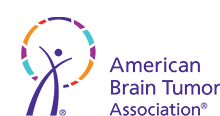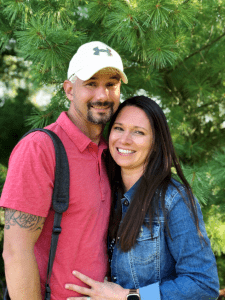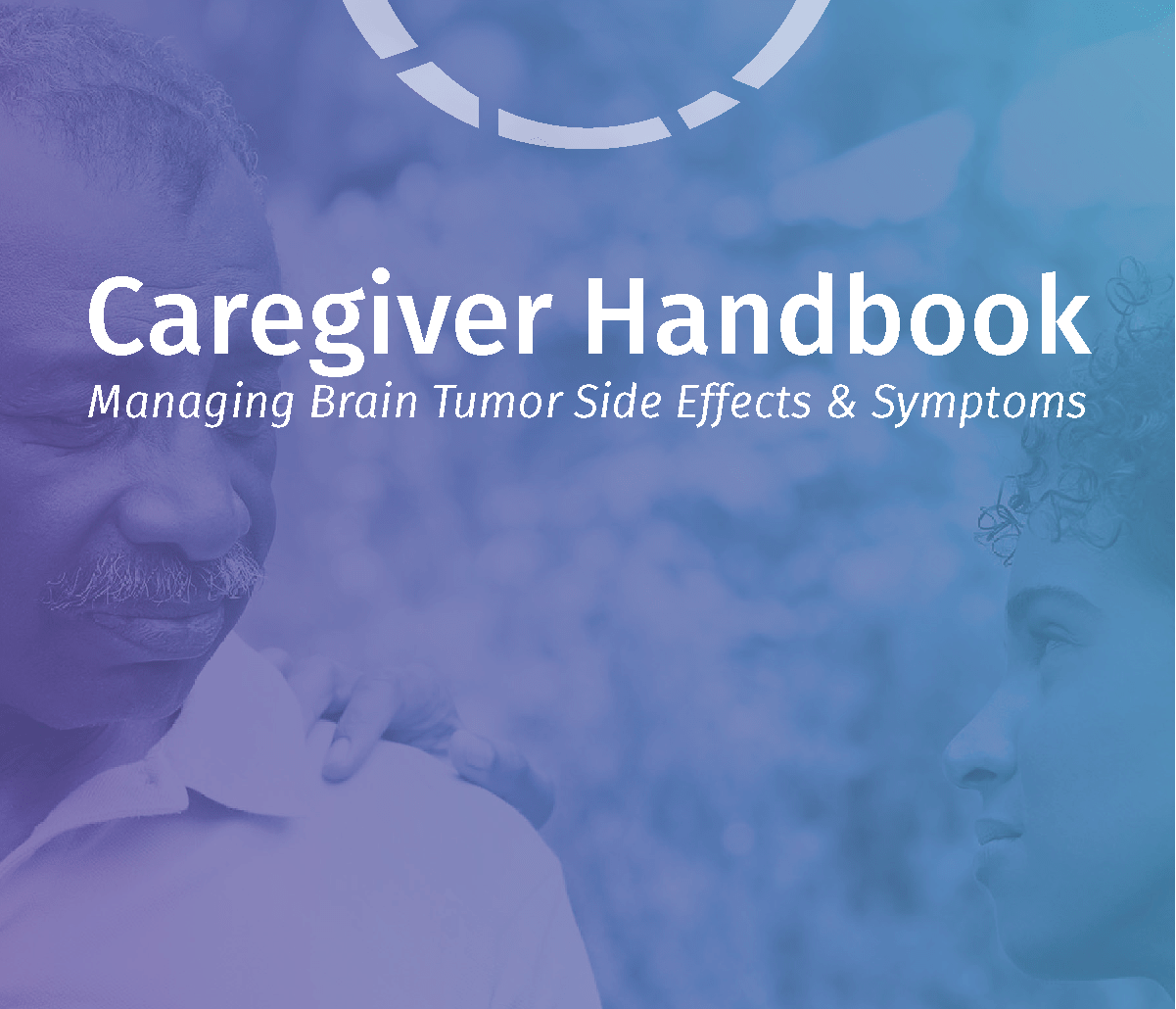Glioblastomas, also known as GBM, are malignant grade 4 brain tumors that start and grow within the brain or spinal cord, representing 14 percent of all primary brain tumor cases.
GBM is difficult to treat because it is fast-growing and invades nearby brain cells. The blood-brain barrier also prevents certain treatments from reaching the tumor and being effective.
With 13,000 new diagnoses each year and a grim life expectancy of just 14-16 months, researchers are working tirelessly to uncover more information about GBM and ways to make treatment more effective.
In recognition of the sixth annual Glioblastoma Awareness Day on July 17, read about two ABTA-funded researchers who are taking different approaches in pursuit of the same goal: improving outcomes for patients with glioblastoma.

Neurosurgery Fellow/Senior Associate
Emory University
ABTA Basic Research Fellowship, 2022 – 2024

Assistant Professor
University of Florida
ABTA Discovery Grant Recipient, 2022
Please introduce yourself and share what your research interests are.
Kristin: I am a neurosurgeon-scientist who recently finished a neurosurgery/neuro-oncology fellowship at Emory University and have accepted a position as an assistant professor at the University of Arizona. My research focus is on glioblastoma, but I am also interested in brain metastases as well.
Fan: I am an assistant professor in the Department of Pharmaceutics at the University of Florida. The focus of my research program is on harnessing myeloid cells, a type of immune cell, for enhanced drug delivery. My research program uses materials science, cell engineering, and immunology to figure out the fundamental principles that direct nanoparticles’ interaction with immune cells.
Tell us about your ABTA-funded research and key takeaways you had.
Kristin: My ABTA-funded research is on how to expose molecules on the surface of tumor cells so they can be recognized by the innate immune system. My lab and I hope to use a novel therapy to unmask the invisibility cloak on glioblastoma cells, allowing tumor cells to then be detected and destroyed by the innate immune system.
Fan: My ABTA-funded research married nanotechnology with cancer immunotherapy to develop new strategies to repurpose old drug molecules for novel applications. We have learned that by redirecting highly toxic cancer cell-target drug molecules to immune cells, we can use it as a new therapeutic molecule to restore the normal functions of the immune system for glioblastoma patients. My team and I ultimately hope to turn drugs that have previously failed in clinical trials into successful drug candidates by focusing on how they can be used to revamp the immune system.
What inspired you to pursue a career in glioblastoma research?
Kristin: I was inspired by patients and their families. Seeing their resilience to this disease with so few advancements and their pursuit to make this disease better for those affected in the future is humbling and heroic. I want to give additional treatment options to them and lengthen and improve their lives in any way I possibly can – and that starts with advances in research.
Fan: As a member of the ABTA’s Alumni Research Network, I have had several opportunities to connect with brain tumor patients and hear their personal journey. This experience allowed me to see the impact of my work in real life and led me to realize that many brain tumor patients still do not benefit from advances in therapeutic innovation and that more research is desperately needed.
What do you see as the biggest challenge in glioblastoma research?
Kristin: GBM research has many challenges – one is designing research experiments and conditions that mirror what my patients have. The tumor is complex and always changing, and we need research models that do the same. Secondly, funding does not match the need of the research. Experiments and agents are expensive, and although the ABTA and other organizations have made it their goal, it is not yet enough. Thirdly, there are just a few clinical trials – both the number of trials, new agents being trialed, and enrollment is low because it is expensive to run clinical trials. Lastly, the gaps in how to study and model GBM makes translating experimental designs that shows promising results fall short as a clinical design.
More funding, more resources, and more collaboration seems simple enough, but is quite difficult to obtain and reach.
Fan: As an engineer working in the cancer field, one of the biggest challenges I see is the knowledge gap between engineering and clinical sciences, which limit the application of emerging technologies to glioblastoma research.
More team science that involves basic scientists, engineers, and clinicians will play an increasingly important role in addressing the translational gap in research.
As you may know, July 17 is Glioblastoma Awareness Day. Given your expertise in glioblastoma research, what are you most hopeful for?
Kristin: I am most excited about messenger RNA (mRNA) and immunotherapy advances we have seen in the last year or so. We are seeing some good early results, and we are just getting started.
Fan: Working in the field of nanomedicine, I am excited to see the successful clinical application of mRNA nanoparticles. This new therapeutic technology has the potential to help brain tumor patients. For example, there are clinical trials currently investigating how mRNA nanoparticles can be used to develop cancer vaccines for brain tumor patients.
If you had unlimited funding, what would be your next glioblastoma research project?
Kristin: I would love to expand on my research using elements of the immune system to target tumors specifically while limiting harmful effects on other parts of the body (treatment toxicity).
Fan: My next project would be to combine artificial intelligence (AI) with drug design to accelerate therapeutic development for glioblastoma research.
Want to empower more researchers in their fight for GBM breakthroughs? Donate today.
Visit our GBM Awareness Day resources page for more ways to get empowered and make a difference.



















